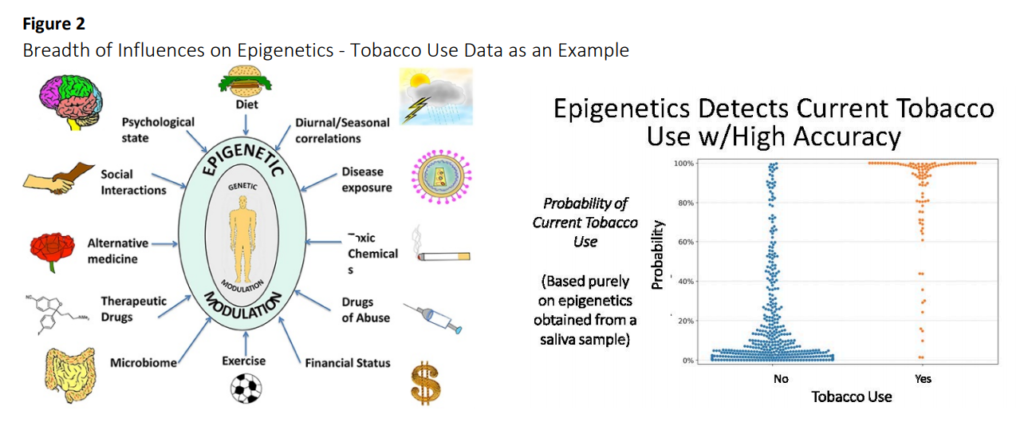Link: https://www.thinkadvisor.com/2022/05/09/covid-19-deaths-continue-to-hit-life-insurers-hard/
Excerpt:
Reinsurance Group of America — a Chesterfield, Missouri-based reinsurer — said its U.S. COVID-19 individual life claims fell to $260 million in the latest quarter, from $340 million a year earlier.
“Our U.S. individual mortality results are very consistent with what we are seeing in the general population this quarter,” Jonathan Porter, RGA’s global chief risk officer, said Friday, during a conference call with securities analysts. “We saw a reduction in our claim cost per 10,000 general population deaths as compared to the third quarter and fourth quarter of 2021. This improvement, we believe, is in part due to the lower proportion of deaths in working ages.”
Here’s what happened to U.S. COVID-19 claim statistics at some other life insurers, including some that are known mainly for group life:
MetLife: $230 million in world group life claims this quarter, down from $280 million a year earlier.
Hartford Financial: $96 million before taxes this quarter, down from $185 million a year earlier.
Unum: 1,400 deaths at an average of $55,000, or $77 million, down from 1,725 deaths at an average of $65,000, or $112 million, a year earlier.
Lincoln Financial: $53 million in group life claim claims and $18 million in group disability claims this quarter, down from $83 million in group life claims and $7 million in group disability claims a year earlier.
Voya: $35 million in group life claims this quarter, up from $29 million a year earlier.
Primerica: $16 million in life claims this quarter, down from $21 million a year earlier.
Author(s): Allison Bell
Publication Date: 9 May 2022
Publication Site: Think Advisor


